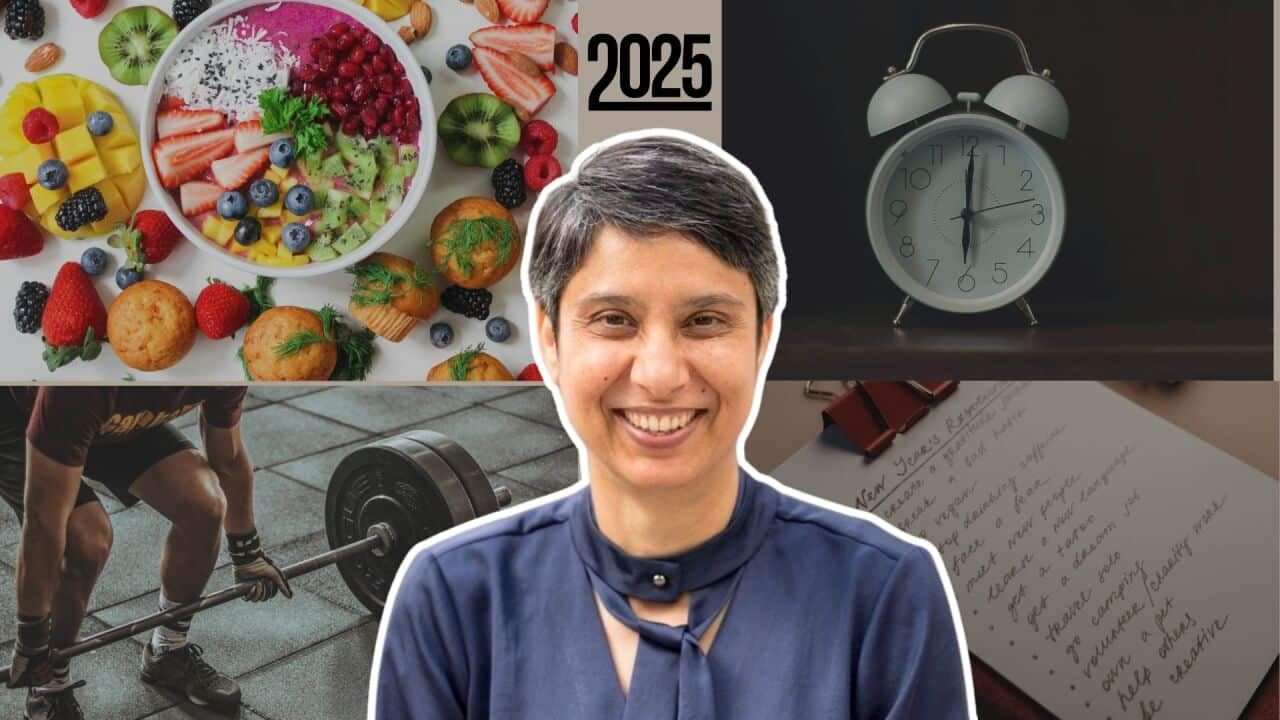Key Points
- Melbourne-based engineers create the world's first footpath made out of coffee waste.
- Lead researcher Dr Rajeev Roychand claims this development could reduce dependency on sand mining, address coffee waste and increase strength of concrete.
- Australia reportedly produces 75 million kg of ground coffee waste each year.
But according to Melbourne’s RMIT University, this daily habit means Australia also produces 75 million kilograms of ground coffee waste each year, most of which ends up in landfills.
READ MORE

Australia’s coffee culture explained
Seeking solutions, a team from the university recently unveiled what they claim is the world’s first ‘coffee-concrete’ footpath.
“Interestingly, we were chatting over a cup of coffee when the idea of using coffee waste in creating sustainable concrete struck us,” Dr Rajeev Roychand, engineer and the project’s lead researcher, told SBS Punjabi.

Dr Rajeev Roychand (left) with fellow RMIT researcher Professor Jie Li. Credit: RMIT
Biochar refers to the stable, black carbon form of a substance after it has been heated in a controlled environment.

Researchers say coffee biochar can replace a portion of the sand used to make concrete. Credit: Carelle Mulawa-Richards, RMIT University
Coffee by the numbers
Global coffee production creates in , according to a report published by sustainability researcher Gunter Pauli in 2016.
A report from 2022 said spent coffee grounds represent “the most abundant waste generated in coffee beverage preparation”, with a total annual amount estimated at 60 million tonnes worldwide.

Australia is well-known for its coffee culture. Credit: Juan Pablo Serrano/Pexels
“The process of creating cement emits a lot of greenhouse gases. The focus of my research was to create an alternative cement option which could be more sustainable,” Roychand said.
How was coffee given an extra shot at life?
Roychand said the process his team used in the laboratory was “pretty similar” to that of roasting coffee beans for taste, but they did it without oxygen to avoid the burning of materials at 350 degrees Celsius.
Using coffee biochar had the potential to increase the strength of concrete by 30 per cent, he said.

An experiment showing the strength of concrete made by mixing coffee. Credit: Carelle Mulawa-Richards, RMIT University
“Usually, sand is used to make concrete. It is obtained by mining water bodies. Sand is also a limited resource and is getting scarce over time," he said.
"By limiting the need for sand for making concrete, we can also reduce the need for sand mining as well."
Does the coffee concrete work?
Roychand acknowledged that work done in laboratories does not always succeed in the field.
Thus, the scientist and his team collaborated with Macedon Ranges Shire Council in Central Victoria to create a footpath made of this concrete.

An aerial view of footpath made out of coffee concrete. Credit: Chris Matthews, Macedon Ranges Shire Council
This means there could be footpaths and roads made from coffee and other organic wastes around the world, he said.
"The field trial was successful. There is no downside to this mixture. Instead, this creates usable products out of waste materials.

A footpath made from coffee waste and cement mix being trialled in the Shire of Macedon Ranges. Credit: Carelle Mulawa-Richards, RMIT University
Roychand said RMIT has also collaborated with BildGroup, an Australian owned civil infrastructure, asphalt paving and road profiling company, who has sought evidence for durability from the invention.
"We have shown strength and now will conduct tests for durability. If all goes well, we can be part of upcoming major road projects in Australia."
RMIT acknowledged in an official statement that the trial did not reduce the amount of cement normally used to make concrete, but said the team planned to "experiment with using less cement" moving forward.
What's next?
Roychand said that he would not be stopping at coffee waste, and planned to extend his research to other organic waste materials.
"We are expanding the research to cover all forms of biodegradable organic wastes. This can be fruit waste, vegetable waste or agricultural waste, among others," he said.

Left to right: RMIT researchers Professor Kevin Zhang, Professor Jie Li, Dr Rajeev Roychand, Dr Shannon Kilmartin-Lynch and Dr Mohammad Saberian. Credit: Will Wright, RMIT University
"Our aim is to reduce the waste which is going in landfills: 6.87 million tonnes of organic waste ends up in landfills in Australia and causes up to 3 per cent of Australia's greenhouse gas emissions (annually)."
Click on the audio icon to listen to the full report and interview in Punjabi.










